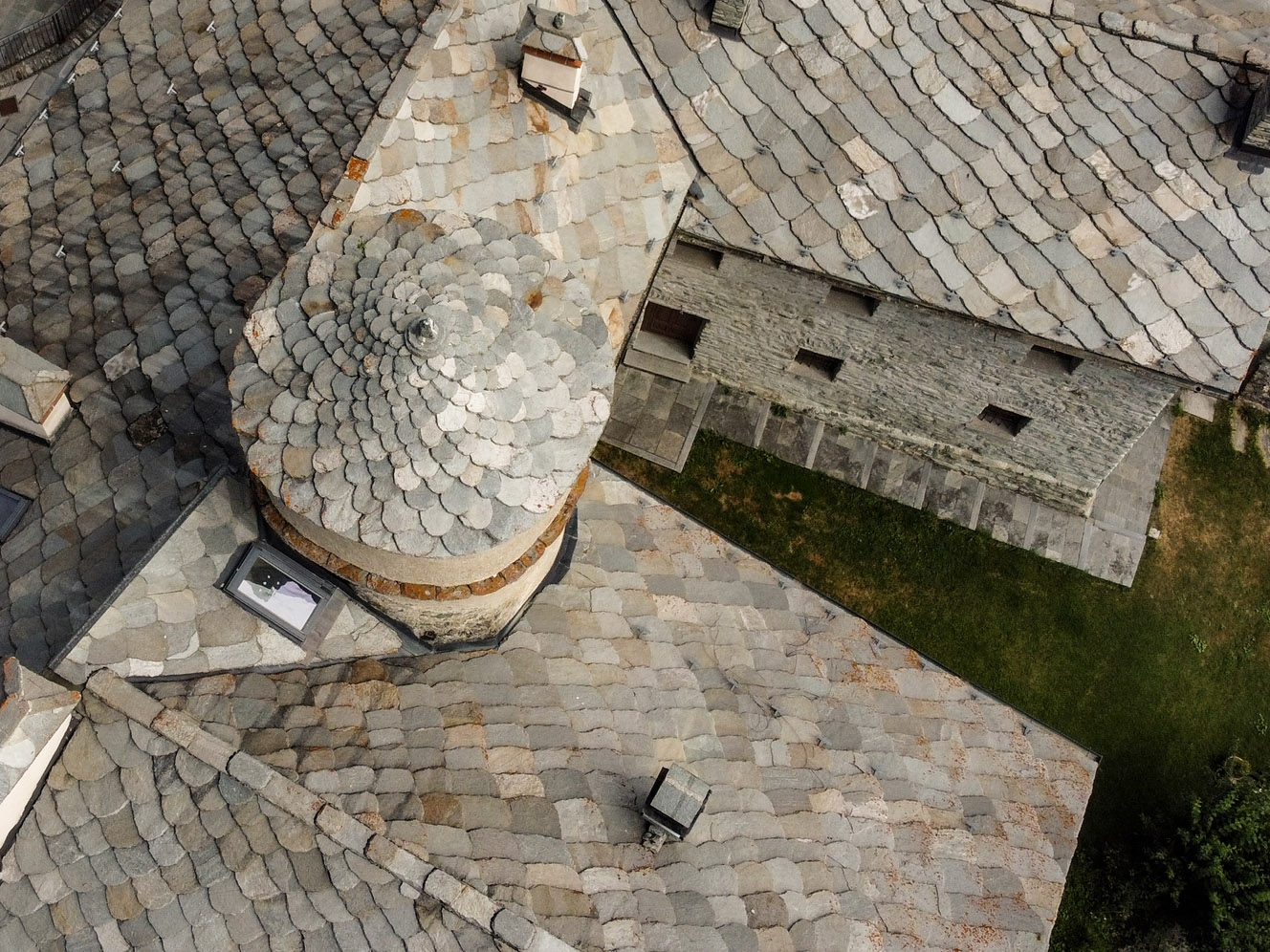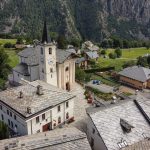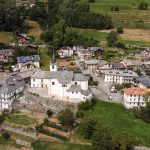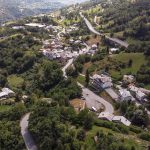
Doues Castle of la Crête
Castle of la Crete a medieval castle in the heart of nature
In the heart of the picturesque village of Doues, a hidden jewel of the Valpelline, stands the Castle of La Crête, a historic Aosta Valley monument that holds centuries of history within its ancient walls.
Now transformed into a charming rural home and shrouded in the veil of privacy due to its private ownership, the castle is not accessible to the public.
However, its presence continues to dominate the local landscape, testifying to the cultural and historical richness of the region.
The castle’s distinctive profile is defined by its cylindrical tower, the only vestige of its original majestic architecture.
This element, still well preserved, serves as a living memorial to the role the castle has played over the centuries, a symbol of a time when fortification was at the center of local life and politics.
La Crête Castle is officially recognized with the Diploma of Italian Castles, under the code DCI-AO043, a recognition that underscores its historical and cultural importance.



Castle of la Crête The History
The origins of La Crête Castle are lost in the mists of time, with its date of construction remaining shrouded in mystery.
The earliest documents attesting to its existence date from 1543, the year in which Nicolas de La Crête, patriarch of the family, purchased vast territories, including the fief of Doues and the coast of Allein, until then part of the château of Quart and the mandiment of the château d'Oyace.
The purchase was sealed by Duke Charles-le-Bon with the sum of 1,500 Italian gold scudi, marking the beginning of the rise of the de La Crête family.
In 1551, the fief and castle of Doues were the subject of an enfeoffment by the duke to Marquis Charles-François de Balbis, who, however, decided not to exercise his right of redemption over the La Crête properties.
Nicolas de La Crête then passed the baton to his son, Aimé Gaspard, ensuring the continuity of the family's presence and influence in the region.
The La Crêtes, consolidating their power, became prominent figures in local history.
Baron Jean-François de La Crête, a cousin of Aimé Gaspard and prime minister under both Emmanuel Philibert and Charles Emmanuel I, further expanded the family's influence.
His daughter Philiberte was united in marriage to Marquis Adalberto Pallavicini, thus tying the fate of the castle to the noble Pallavicini family.
In 1574, Jean-François obtained from De Balbis, the new lord of Quart, a final waiver of the right of redemption over the castle, an act that marked an important milestone in the castle's history, consolidating the La Crête's ownership and dominion over Doues and Allein.
When Jean-François died in 1588, the castle passed into the hands of the Pallavicini family, thus continuing its history through the centuries, a silent witness to the events that have shaped this land.
The Castle of La Crête, with its intricate history and ties to important noble families, remains an unforgettable symbol of the historical and cultural heritage of the Aosta Valley, a reminder of distant eras that continue to influence the present.

Champillon Refuge
Rifugio Adolphe Letey di Champillon, Frazione champillon, Doues, AO, Italia
















